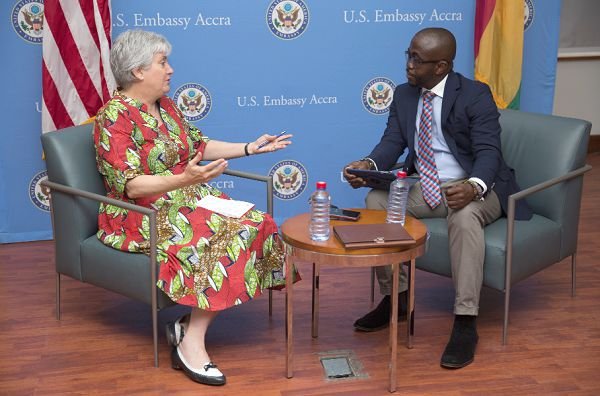The Bank of Ghana as well as banks and deposit taking institutions together hold GH¢83.1 billion of the country’s total domestic debt, as of the end of March 2021.
According to data from the Bank of Ghana, this represented 50.5% of the total domestic debt of GH¢164.5 billion.
With regard to the composition of the domestic debt, the Bank of Ghana held GH¢34.8 billion, whilst GH¢48.3 billion of the nation’s domestic debt belonged to banks and deposit taking institutions.
The rise in the size of the debt held by the banks indicates the reason why banks have increased their investments in government securities, particularly the 91-day Treasury bills. This is because of the seeming uncertainty regarding covid-19 economic recovery.
The foreign ownership of the domestic debt also shot up to GH¢31.9 billion in March this year, from a little above GH¢27 billion in December last year.
However, its share of 19.4% is relatively same as December 2021.
The non-banking sector including SSNIT, insurance companies and other institutions together held a little above GH¢49 billion cedis of the nation’s domestic debt, representing about 30% of the total local debt.
From the data, clearly, one could tell that government has increased its domestic borrowing, a situation that could lead to crowding out of the private sector from access to loans, but pressure on the cedi will go down since the funds are denominated in local currency.
Ghana’s debt stood at GH¢304.6bn in March 2021
Ghana’s public debt stock rose by ¢13billion to hit ¢304.6 billion in March 2021.
This was equivalent to 70.2% of Gross Domestic Product (GDP), lower than the 76.1% registered in December, 2020.
The fall in debt to GDP ratio is probably due to the expansion in the size of the economy, despite the impact of Covid-19.
The $3billion Eurobond raised by the country in March this year, accounted for this jump in the debt.
Between December, 2020 and March, 2021, ¢13billion was added to the country’s debt. The debt stood at ¢291.6 billion at the end of last year.






























































